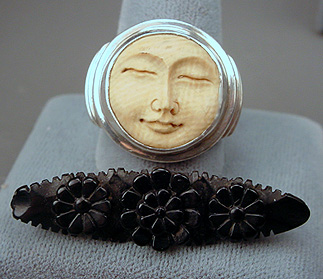
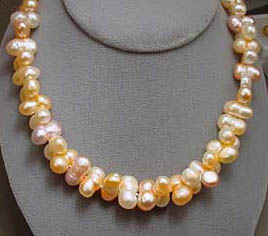
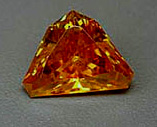
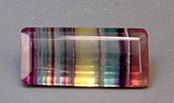
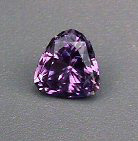
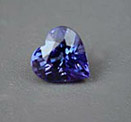
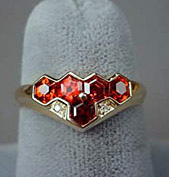
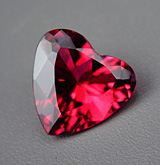
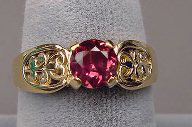
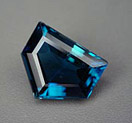
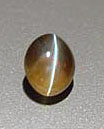
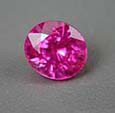
Hardness can vary with crystal direction. The most famous example of this phenomenon is the gem kyanite with dual hardnesses of 5 and 7, depending on direction. Going with the "weakest link" idea, we are well advised to treat kyanite as a relatively soft gem. Lapidaries working with this gem have to constantly adjust their pressure and speed so that progress is made on the harder areas, yet softer areas are not overcut.
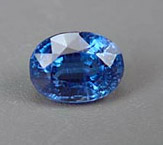
Interestingly, if diamond crystals did not vary in hardness with direction, they couldn't be cut and polished with diamond abrasives. The diamond cutting process uses a slurry of tiny crystals of natural or synthetic "bort" (industrial grade diamond) on a spinning cast iron surface (lap). As the various facets of the diamond are cut and polished, they are subjected to these randomly oriented crystals, at least some of which have harder surfaces exposed than the facet being cut. The hardest crystal direction of a diamond is the "octahedral" face which, literally, cannot be polished. Part of the job of the diamond cutter, then, is to orient the rough to avoid this plane in any of the facets.
Even with the variable hardness factor, diamond cutting is time consuming. It requires specialized equipment, capable of greater rotational speed of the cutting wheel and greater pressure on the gem than does equipment used to cut colored stones. Although there are a few cutters who have the skill and equipment necessary to work both with diamonds and colored stones, the vast majority specialize in one or the other.
Although hardness is an important characteristic in a gem, it is by no means the final measure of a gem's wearability or suitability for a particular use. All other factors being equal, the harder the gem, the better it will wear. But, there are two other factors which can make all the difference in the world: a gem's toughness and its stability.
Each of these attributes will be treated in subsequent essays, but for now, a brief synopsis. Toughness is the ability to resist breaking or chipping, and is an extremely important consideration when selecting a gem for, say, an engagement ring.
A hard gem will retain its polish, but if it is not tough, it may chip or break. A notable example is topaz. With hardness 8, it might seem ideal for an everyday ring or bracelet, but it is, in fact, a rather fragile gem due to its tendency to cleave (break cleanly along a cyrstal plane). Topaz though unlikely to scratch, may chip or break with hard, constant wear.
On the other hand, the jades with a hardness between 6 and 6.5 might seem poor candidates for heavy wear, but truth be told, they are the toughest of all natural gem materials and wear like iron! Their seemingly contradictory historical uses, both in the most intricate and delicate carvings, and as workaday tools such as axes, is testament to this durability.
Stability meaures a gem's ability to resist changes due to light, chemicals and heat. It's little comfort to have a hard and/or tough gem, if it can be altered by absorbing chemicals from the air or from your skin, like pearls, or if its color changes due to light exposure like brown topaz.
In general, jewelry that is worn more than occasionally should be set with gems of at least hardness 7 and that have good toughness and stability. Softer, more fragile, and less stable gems can be enjoyed in jewelry that has protective settings or which is worn gently. Extremely delicate gems are best kept as collectors' objects.